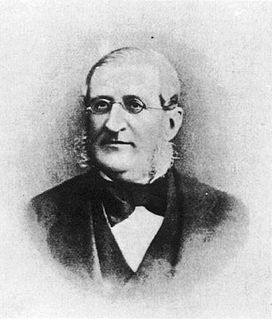
Rhododendron is a genus of 1,024 species of woody plants in the heath family (Ericaceae), either evergreen or deciduous, and found mainly in Asia, although it is also widespread throughout the highlands of the Appalachian Mountains of North America. It is the national flower of Nepal as well as the state flower of West Virginia and Washington. Most species have brightly coloured flowers which bloom from late winter through to early summer.

Selaginella is the sole genus of vascular plants in the family Selaginellaceae, the spikemosses or lesser clubmosses.
Bufo is a large genus of about 150 species of true toads in the amphibian family Bufonidae.

Chaetodon is a tropical fish genus in the family Chaetodontidae. Like their relatives, they are known as "butterflyfish". This genus is by far the largest among the Chaetodontidae, with about 90 living species included here, though most might warrant recognition as distinct genera.

The Haemosporida are an order of intraerythrocytic parasitic alveolates.

The Calosoma sycophanta or forest caterpillar hunter is a ground beetle belonging to the family Carabidae.
Saccolaimus is a genus of the bat family Emballonuridae, small insectivorous flying mammals with distinctive sheathtails and pouches at the wrist.

Calosoma is a genus of large ground beetles that occur primarily throughout the Northern Hemisphere, and are referred to as caterpillar hunters or searchers. Many of the 167 species are largely or entirely black, but some have bright metallic coloration. They produce a foul-smelling spray from glands near the tip of the abdomen. They are recognizable due to their large thorax, which is almost the size of their abdomen and much wider than their head.

The Ceratobatrachidae are a family of frogs found in the Malay Peninsula, Borneo, the Philippines, Palau, Fiji, New Guinea, and the Admiralty, Bismarck, and Solomon Islands.
Calosoma investigator is a species of ground beetle belonging to the genus Calosoma and the subgenus Charmosta. The species is diffused in North-Eastern Europe and Siberia.

Calosoma scrutator is a species of ground beetle belonging to the genus Calosoma, subgenus Acalosoma. The adult beetle may excrete a foul smelling oil when handled. This oil has been described to smell similar to rotten milk or rancid olive oil. 35 millimetres (1.4 in) long, it is diffused in North America.

Calosoma retusum is a beetle of the Carabidae family.
Calosoma aethiops is a species of ground beetle in the subfamily of Carabinae. It was described by Jeannel in 1940.
Calosoma tanganyikae is a species of ground beetle in the subfamily of Carabinae. It was described by Jeannel in 1940.
Calosoma altipeta is a species of ground beetle in the subfamily of Carabinae. It was described by Jeannel in 1940.
Calosoma asper is a species of ground beetle in the subfamily of Carabinae. It was described by Jeannel in 1940.
Calosoma macrum is a species of ground beetle in the subfamily Carabinae. It was described by John Lawrence LeConte in 1853. The species is 24–30 millimetres (0.94–1.18 in) long, black, and lives at an elevation of 1,000 to 1,600 metres.
Calosoma orizabae is a species of ground beetle in the subfamily of Carabinae. It was described by Jeannel in 1940.
The Degus are a group of octodontid rodents in the Octodontidae family. They are placed in 2 genera:












